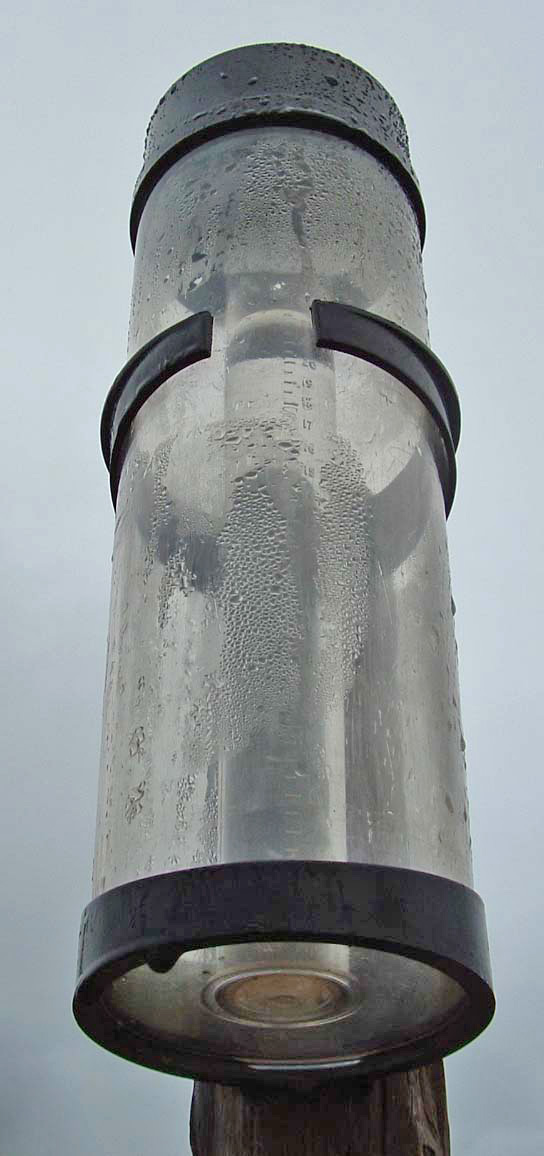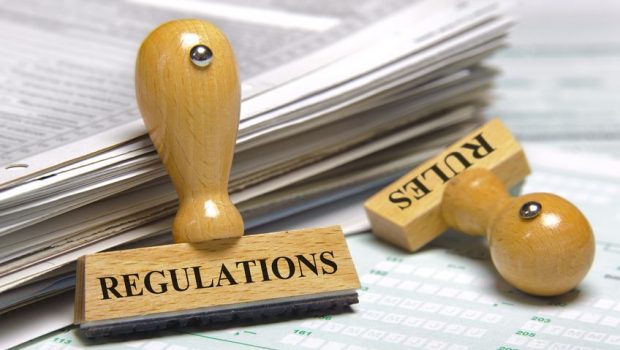Do You Need an On-site Rain Gauge?
Let’s talk about some myths and misconceptions about rain gauges and why you may need one on your site, but you should try to get rid of it if it’s possible.

Rain gauges were once a staple of the stormwater industry, but we get asked a lot if they are still necessary to be truly compliant with precipitation values. The answer is yes and no. Let’s talk about some of the myths and misconceptions about rain gauges and why you may need one on your site, but you should try to get rid of it if it’s possible.
The first myth I want to address is that they’re more accurate than electronic weather services. This is a complex myth that depends on the gauge and the electronic service. Rain gauges can have great accuracy, assuming they’re installed correctly, which, in our experience, is usually not the case. We often find rain gauges installed near irrigation sprinklers, under the eaves of buildings, tipped over, or that have not been maintained regularly. All of these can quickly compromise the data collected by a rain gauge.
Even if the gauges are installed correctly at first, they are susceptible to a variety of on-site occurrences that happen across all sectors of stormwater management. Vehicles, especially in reverse, often knock over rain gauges. Vandalism or theft is often an issue as well, although we’re not sure what people’s fascination with rain gauges is. We often see them moved as well, with the intent of protecting them from damage, which is nice. The problem with moving the rain gauge is that it usually is reinstalled in a bad location or position.

Now, the nice part about rain gauges is that, if you can overcome these barriers, they do give accurate representations of the rain data on site. Many electronic services take data from weather stations, which may be a long way from your project or facility. However, there are services out there, ComplianceGO included, that gather data based on weather radar, with accuracy comparable to an on-site rain gauge. Using these services, you get equal data, without the hassle and risk that come with maintaining an on-site rain gauge.

Now, another myth we hear that can be true, but is usually false, is that on-site rain gauges are required by permits. This requirement used to be far more prevalent across the U.S., but many states have phased out this requirement in favor of electronic services. You should always check your permit before installing a rain gauge to see if it is required or if other options are available to you.
For the sake of argument, let’s say your state does require a rain gauge. In this case, the downfalls of the rain gauge we mentioned previously are unavoidable. But wouldn’t it still be nice if you received a notification that it had rained on your site so you knew you had to go out there and check how much? Now, if it’s based on a weather station 10, 20, or even 50 miles away, that’s not as useful, but if you can get more localized information via weather radar, that becomes far more useful.
If you want the same level of accuracy as a rain gauge, but without all the drawbacks, weather radar is for you. Whatever system you use, though, should join us in 2021. That means calendaring, tracking, accumulations, histories, notifications, and other systems to empower your compliance efforts.

